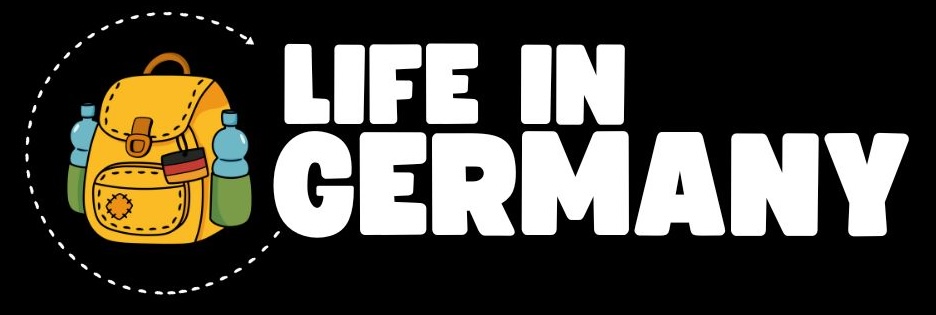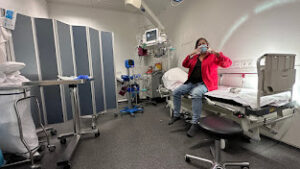Grocery shopping in Germany can be a very unique experience, especially for those who are new to the country. Read along for 7 key things to know before your next trip to the German supermarket, from navigating the bottle return system to understanding the differences in product selection and pricing compared to Canada.
Grocery Shopping in Germany
- 1. Bottle Returns and Recycling🔄
- 2. Bringing Your Own Bags 🛍️
- 3. Sorting Recycling at the Grocery Store♻️
- 4. Unlocking the Shopping Cart🔓
- 5. Differences in Product Placement and Pricing
- 6. Slicing Your Own Bread
- 7. Limited Cereal Selection and Mezzo Mix Drinks
1. Bottle Returns and Recycling 🔄
When grocery shopping in Germany, one essential aspect to understand is the bottle return and recycling system. Different types of glass bottles, such as white, brown, and green glass, need to be returned to the store where they were purchased. Make sure to pay attention to the codes on the bottles to ensure they are returned correctly. Additionally, some plastic bottles may not be eligible for return, especially if they were purchased at a kiosk or are made of different types of plastic.
2. Bringing Your Own Bags 🛍️
Another important aspect to remember when grocery shopping in Germany is the need to bring your own bags. Unlike in some other countries, German supermarkets typically do not provide free bags, so bring reusable bags or purchase them at the store. This environmentally friendly practice is common in Germany, and being prepared with your own bags can help make your grocery shopping experience a lot easier.
3. Sorting Recycling at the Grocery Store ♻️
When grocery shopping in Germany, it’s common for people to dispose of their recycling and paper at the same time they go to the grocery store. At the recycling station, there are separate slots for different types of items. For instance, there are designated areas for old clothing, paper, white glass, brown glass, and green glass. Pay attention to the color-coded bins for glass disposal. Additionally, it’s typical to return glass bottles to the store where they were purchased. Proper disposal practices are highly valued, and most people follow the guidelines to contribute to a sustainable environment.
4. Unlocking the Shopping Cart🔓
Similar to many places in Canada, unlocking a shopping cart in Germany is pretty simple. Typically, a coin is used to unlock the cart. By inserting the coin into the designated slot, the cart is released and ready for use. However, make sure to grab the coin before returning the cart to avoid any headaches for the next shopper.
5. Differences in Product Placement and Pricing 💶
When grocery shopping in Germany, I noticed that the placement of products and pricing differs from what I’m used to in Canada. In Germany, it’s not common to find eggs and milk in the fridge at the grocery store, which can be surprising for those accustomed to refrigerated dairy products. Additionally, facing the products to the front, as done in Canada, is not common practice in German grocery stores. This results in lower prices for groceries, as the cost of facing the products is not factored into the pricing. Pay close attention to product labels and pricing to avoid any surprises at the checkout.
6. Slicing Your Own Bread 🍞
One fascinating experience in German supermarkets is the option to slice your own bread. This interactive process involves selecting the desired loaf, placing it in the slicing machine, and customizing the thickness of each slice. It’s a unique way to personalize your bread-buying experience and ensures that you get the perfect slices tailored to your preference. Slicing your own bread is a fun touch to the shopping routine and lets you be hands-on in selecting bakery products.
7. Limited Cereal Selection and Mezzo Mix Drinks 🥣
When it comes to grocery shopping in Germany, one notable difference I’ve encountered is the limited selection of cereals compared to what I’m used to in Canada. In Germany, the cereal section is much smaller, offering a narrower range of options. Additionally, I came across a unique beverage called Mezzo Mix, which is a blend of cola and orange soda. Interestingly, each plastic bottle requires a 25-cent deposit, adding an extra step to the purchasing process. Upon returning the bottle, the deposit is refunded, contributing to a sustainable approach to beverage consumption.
Does this seem overwhelming? Try out Flink, a service that saves you the hassle by deliveries groceries right to your door!
Made with VideoToBlog





